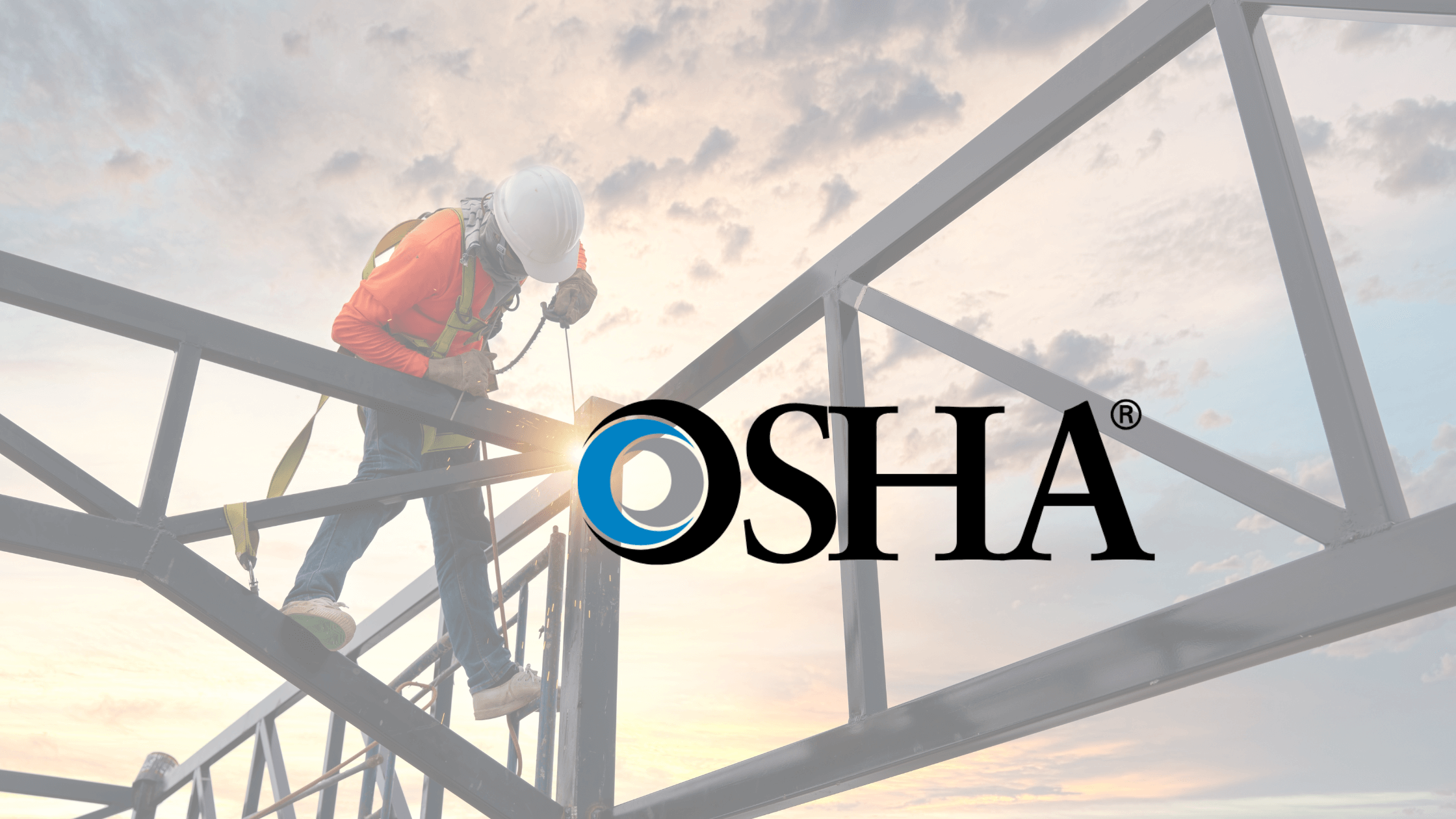OSHA has introduced significant updates to its Personal Protective Equipment (PPE) standards for the construction industry, focusing on employee protection. The new rule clarifies employers’ responsibilities regarding PPE fit, ensuring that it is suitable for each worker regardless of gender, body type, or physical attributes. This shift addresses long-standing issues in the construction field, where ill-fitting gear has led to reduced safety and productivity.
What this means for employers
Under the updated guidelines, employers must ensure that all PPE—whether hard hats, gloves, safety glasses, or harnesses—fits properly and provides adequate protection for every worker. Generic “one-size-fits-all” solutions are no longer acceptable. Instead, employers will need to assess each worker’s needs and provide gear that accommodates variations in size and shape. This change strengthens worker safety and reduces the risk of injuries caused by poorly fitted equipment, such as slipping harnesses or oversized gloves.
One critical aspect of the rule is the inclusion of gender-specific PPE. Historically, most PPE was designed for male workers, leaving female workers with ill-fitting gear. The new standards require employers to address this disparity, ensuring that all workers—regardless of gender—have access to protective equipment that fits correctly. By doing so, OSHA is pushing for a safer, more inclusive work environment.
The changes present new challenges for employers in sourcing and maintaining compliant PPE. Companies must review their existing safety programs and potentially expand their inventory to include a wider range of sizes and styles. Training programs may also need updates to educate supervisors on evaluating proper fit and addressing worker concerns about PPE. These adjustments may require upfront costs but can lead to long-term benefits by reducing workplace injuries and the associated downtime and legal risks.
OSHA has emphasized enforcing these new standards, signaling to employers that compliance is not optional. Failing to provide correctly fitting PPE could result in citations, fines, or liability in the event of an accident. For companies operating in construction, where the risks are already high, meeting these standards is critical in safeguarding their workforce and reputation.
The updated rule reflects a broader focus on worker safety and inclusion in the industry. By addressing the diverse needs of today’s workforce, OSHA is setting a precedent for other industries to follow. For workers, the changes offer reassurance that their safety and comfort are being prioritized, paving the way for a healthier, more productive job site.
For more articles like this, subscribe to our newsletter at Under the Hard Hat, and stay updated on construction regulations, safety standards, and industry insights.




2 comments